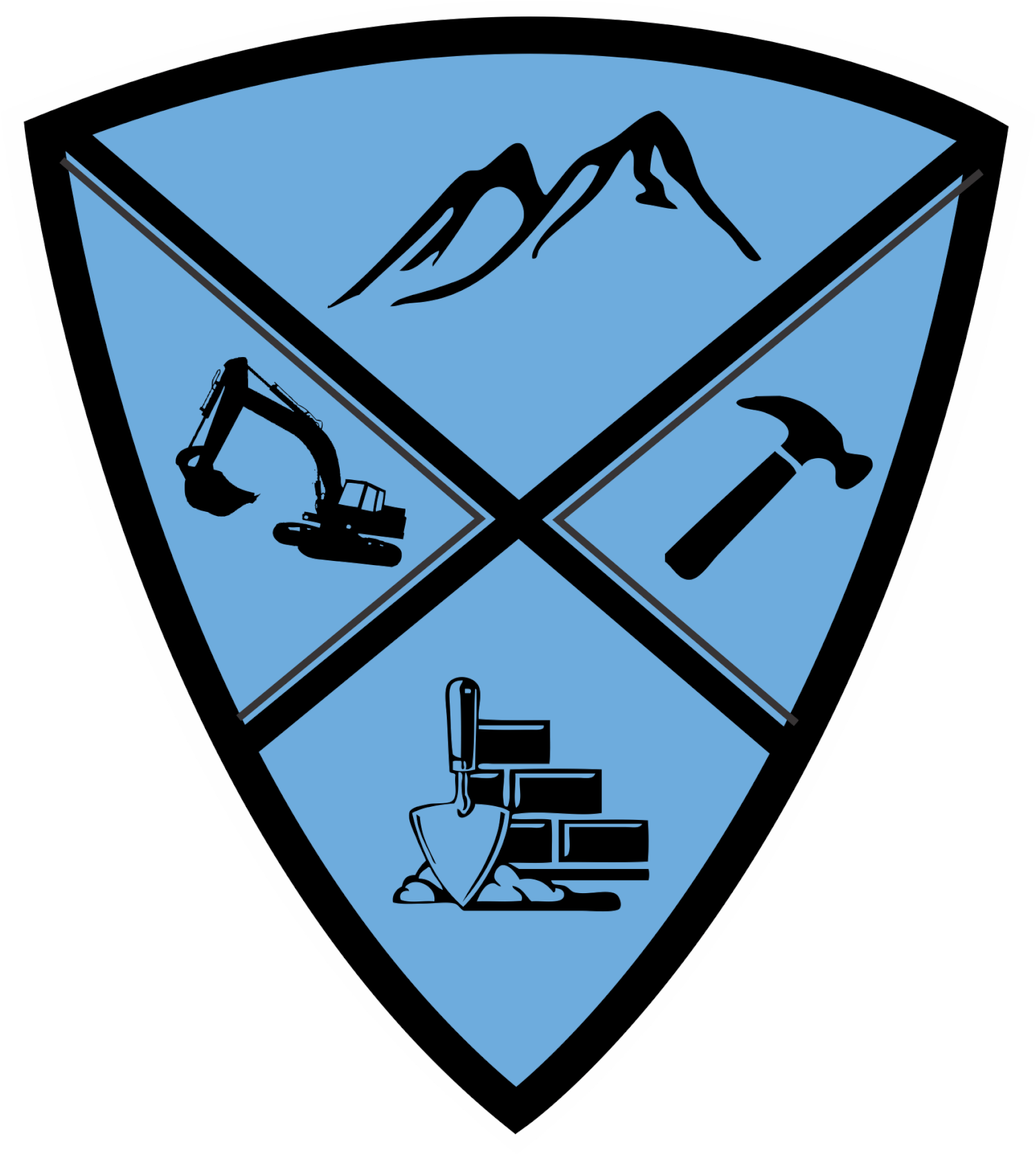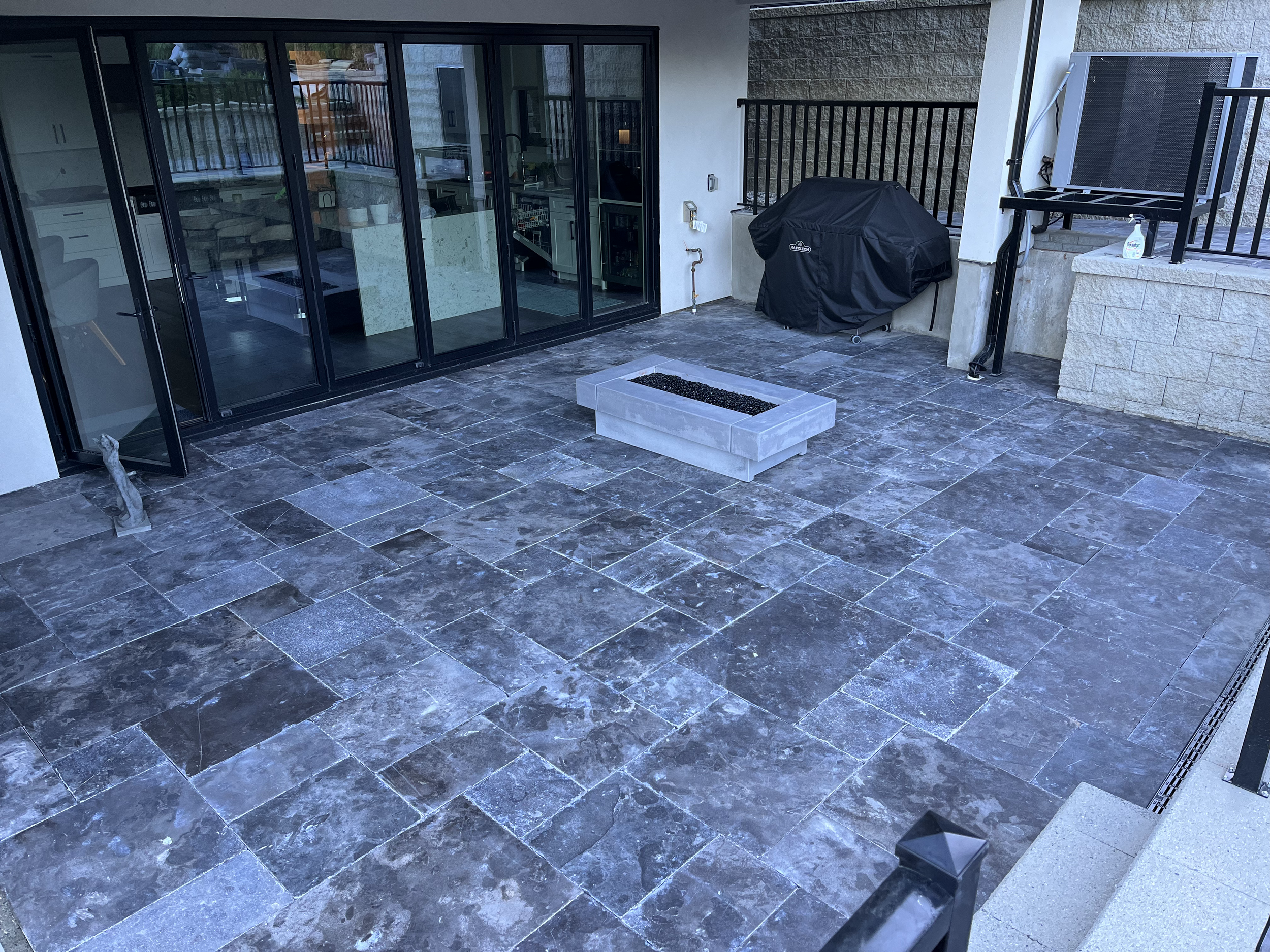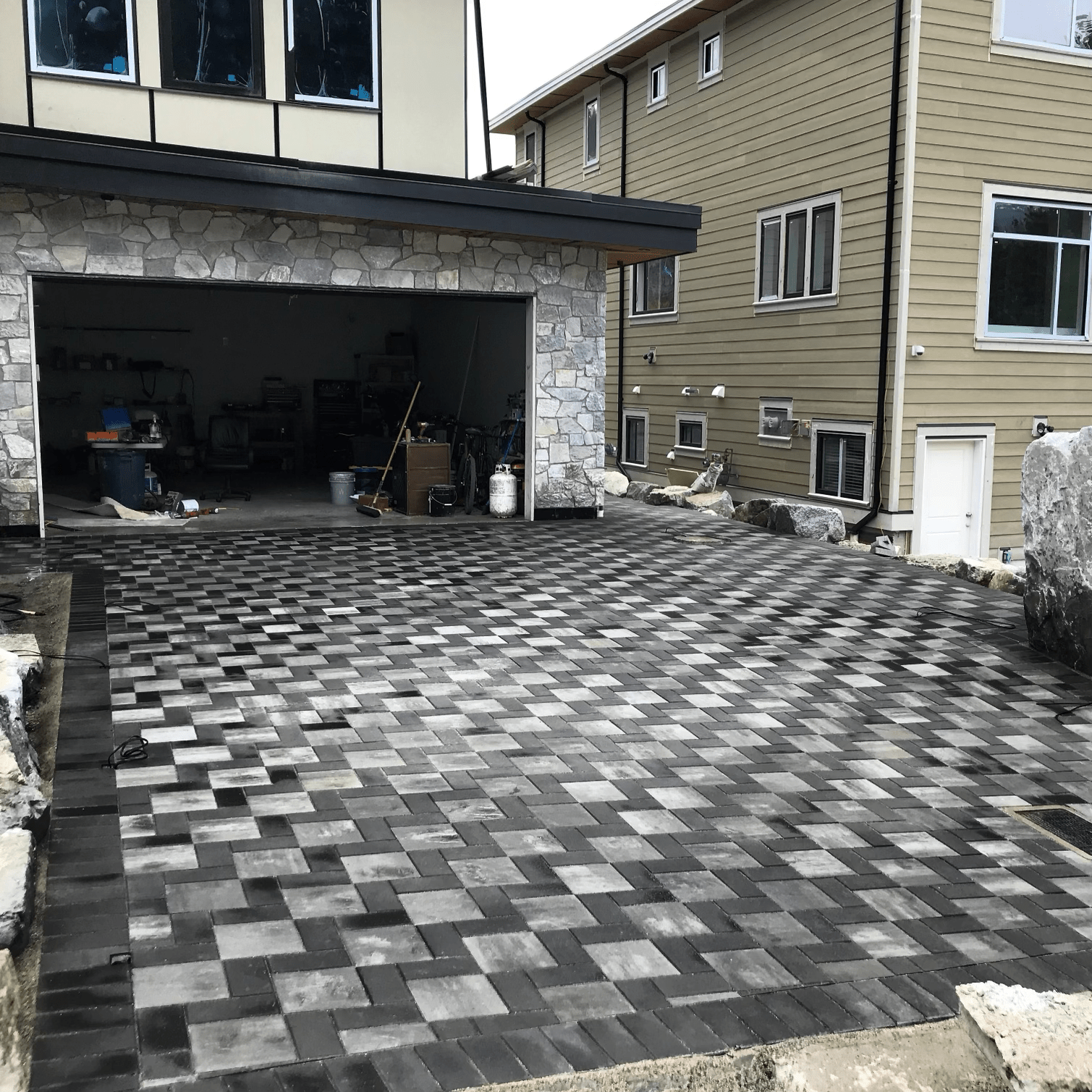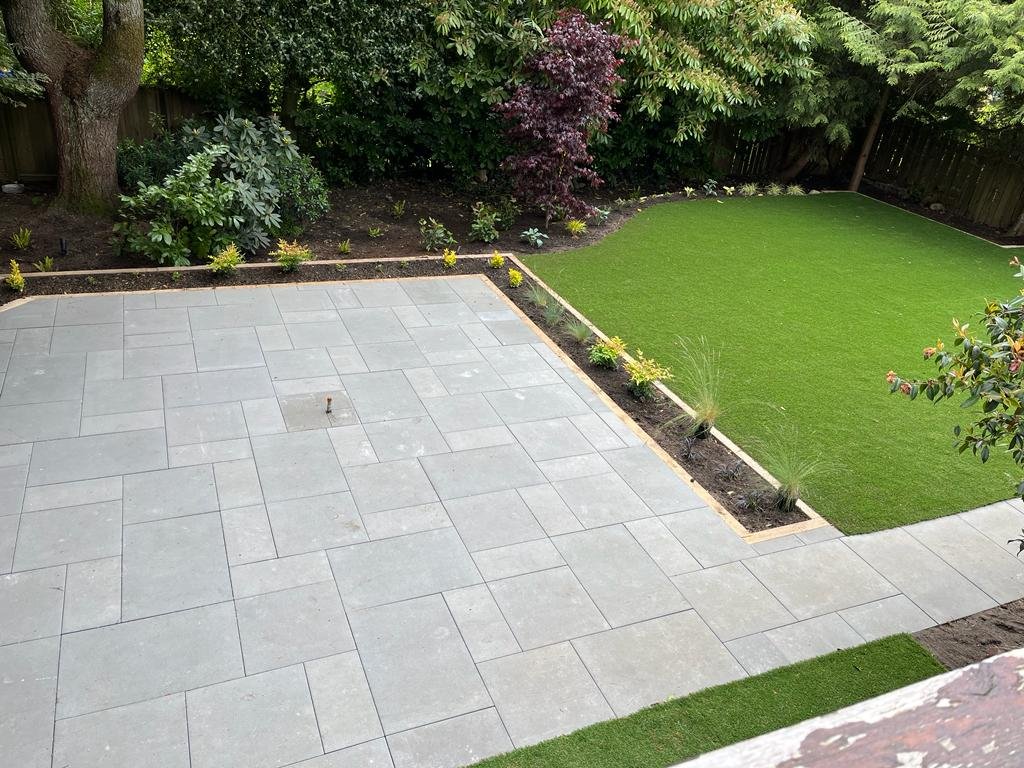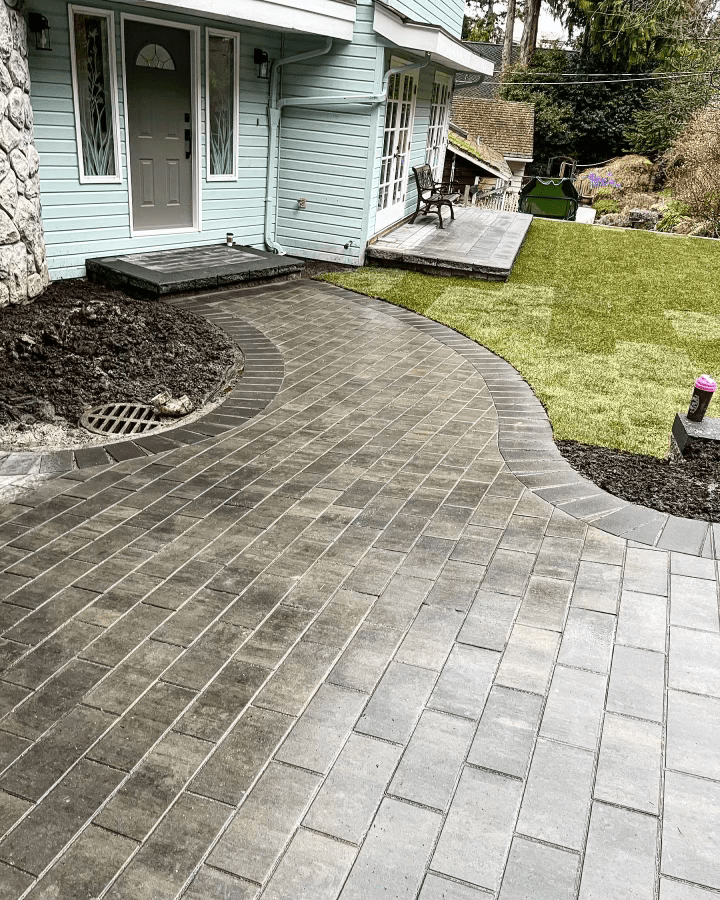HOW TO REPAIR DAMAGED PAVERS
Paver problems? Your paver patio looked great when it was first installed, with all those bricks perfectly aligned. But time takes a toll on paver surfaces. A crack here, a crooked brick there, and sometimes, pavers seem to sink into the ground. When the time comes, do you know how to repair a paver patio? How to fix sunken pavers? How to replace broken pavers? Don't worry — you'll have those pavers looking pretty again in no time.
Why Do Pavers Move?
Unlike bricks set into concrete mortar, pavers sit on a bed of compacted sand. They’re generally secure, but because sand shifts over time, the pavers move too. Pavers sink, get loose, or look crooked. Winter's cycles of freezing and thawing also take a toll on them. Insufficient sand during installation or inadequate compaction might be the cause. Professionals use mechanical compactors to ensure the sand base is solid. Whatever the case, most paver patios need some attention at some point to get everything aligned straight again.
Fixing Sunken, Broken, or Crooked Pavers
Whether you have a sunken, broken, or crooked paver, the fix is basically the same — remove the damaged paver and replace it with a new one. Here's a step-by-step guide to help you:
1. Prepare the Area: Gather your tools — a flat-head screwdriver or chisel, a hammer, a broom, and new pavers if needed. Start by cleaning the area around the damaged paver to ensure you can see what you're working with.
2. Remove the Damaged Paver: Carefully pry out the damaged paver using the flat-head screwdriver or chisel. Be gentle to avoid damaging adjacent pavers.
3. Adjust the Base: Check the sand base under the removed paver. If it's uneven or too low, add more sand and use a tamper or a piece of wood to compact it until it's level.
4. Install the New Paver: Place the new paver into the space, ensuring it’s level with the surrounding pavers. You might need to adjust the sand base again to get it just right.
5. Fill the Gaps: Once the new paver is in place, sweep sand into the gaps around it. This helps secure the paver and prevents it from moving.
6. Compact the Area: Use a tamper to compact the area around the new paver. This step is crucial to ensure the paver stays in place.
7. Final Touches: Sweep the area clean, and if necessary, add more sand to fill any remaining gaps. Your paver patio should look as good as new.
Repairing pavers might seem daunting, but with the right tools and a bit of patience, it's a manageable DIY project. Keep an eye on your patio and address any issues promptly to maintain its beauty and functionality.
Stacked wood retaining wall project
Understanding Paver Problems
Your paver patio adds charm and functionality to your outdoor space, but over time, issues like cracking, sinking, and misalignment can occur. Understanding the common causes of these problems can help you address them effectively.
One common issue is the shifting sand base. Unlike concrete, pavers are set on a sand base, which can shift over time. Weather conditions, particularly cycles of freezing and thawing, can cause the sand to move, leading to sunken or crooked pavers. Improper installation is another factor; if the sand base was not adequately compacted during installation, it can settle unevenly, causing the pavers to move. Professional installers use mechanical compactors to ensure a stable base, but DIY installations might sometimes lack this crucial step. Additionally, heavy loads can stress the pavers, leading to damage or displacement, especially on driveways or patios that bear vehicles or large outdoor furniture.
Large retaining wall + driveway project
Preventing Future Paver Problems
Regular maintenance and some preventive measures can help you avoid common paver problems. Sweeping your patio regularly to remove debris can prevent weed growth, which can disturb the pavers. Applying a sealant to your pavers can protect them from moisture and stains, maintain their color, and make cleaning easier. Over time, the sand between the pavers can wash away, so replenishing the joint sand periodically is essential to keep the pavers stable and prevent weed growth. Also, ensuring that water drains away from your patio can help avoid erosion of the sand base. Proper grading and the use of drainage systems can effectively manage water flow.
Repairing Different Types of Paver Damage
Fixing Sunken Pavers
If you notice that some of your pavers have sunk, creating an uneven surface, you can fix it by carefully lifting the sunken paver using a flat-head screwdriver or chisel. Add more sand to the base, ensuring it's level and compacted, and then place the paver back and check for levelness. Adjust the sand as needed before settling the paver in place.
Replacing Broken Pavers
Broken pavers can be an eyesore and a tripping hazard. To replace them, use a chisel and hammer to carefully remove the broken paver. Clear out any debris and ensure the sand base is level and compacted. Then, place the new paver, making sure it aligns with the surrounding pavers. Fill the gaps with sand and compact the area.
Realigning Crooked Pavers
Crooked pavers can disrupt the aesthetic and functionality of your patio. To realign them, gently pry out the crooked paver, level and compact the sand base to the correct height, and place the paver back, ensuring it's level with the adjacent pavers. Fill in the gaps with sand and compact the area.
Stacked retaining wall project for a North Vancouver client
When to Call a Professional
While many paver repairs can be done as DIY projects, some situations might require professional help. If a large area of your patio is damaged or sunken, a professional can provide a more thorough repair. If your patio has a complex pattern or design, a professional can ensure that the repair blends seamlessly with the existing layout. Additionally, if you're short on time or lack the necessary tools, hiring a professional can save you time and effort.
Maintaining your paver patio involves regular upkeep and occasional repairs. Understanding the common issues and knowing how to address them can keep your patio looking beautiful and functional for years to come. Whether you're dealing with sunken, broken, or crooked pavers, these tips will help you restore your patio to its former glory. If the task seems too daunting, don't hesitate to call a professional to ensure the job is done right
For a repair of damaged pavers, trust the experts at Mountainscape Contracting. Contact us today for a consultation and take the first step towards transforming your landscape.
